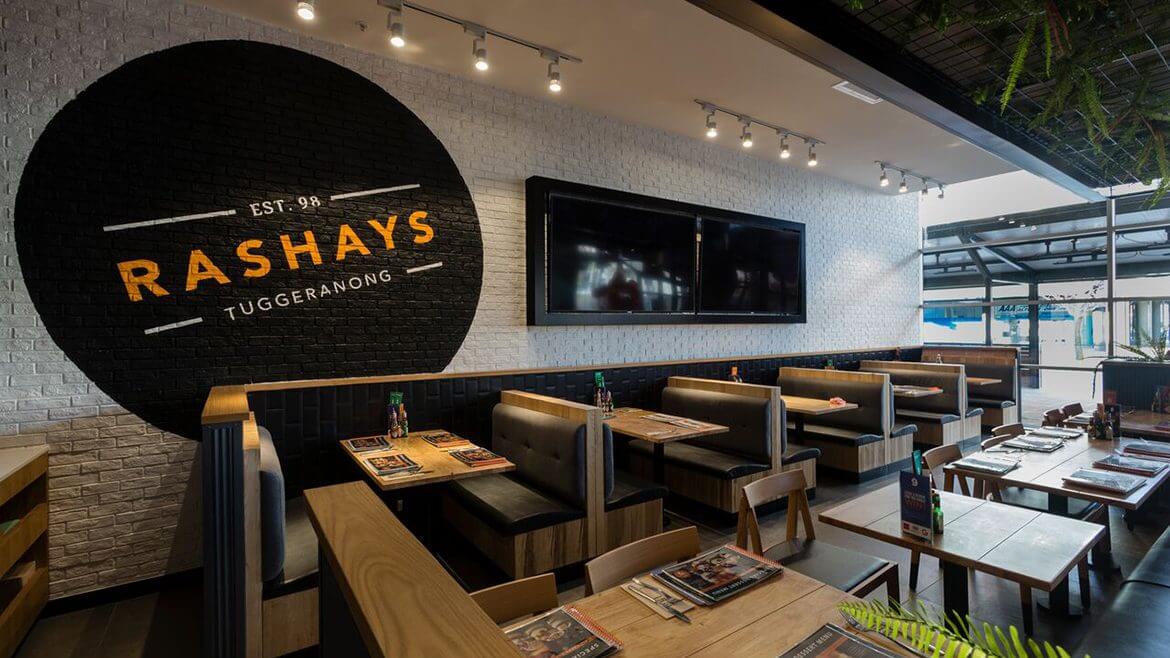How to Improve a Meal by Improving the Environment
Designers have discovered the key to enhancing the dining experience, and it involves all five of our senses. Dining done well does more than appeal to your sense of taste and smell, and more and more restaurants are beginning to realise this.
Today, an exceptional amount of effort goes into every dining environment. Every single design decision is made to serve a purpose and point consumers towards feeling a certain way about the place and food. Colours, furnishings, lighting and music all help make the atmosphere and add to the dining experience. But how can they impact the consumer? And, most importantly, how can it affect the enjoyment of a meal?
Colour
Colours stimulate us visually, and surprisingly enough, it can also have a significant impact on our emotional state and mood. Research shows that the colour Red stimulates appetite, Yellow can positively impact a person’s mood, Neutral colours emanate a feeling of calmness and Blue has the ability to discourage food consumption as it subconsciously reminds us of spoiled food.
With this in mind, it, therefore, makes sense why fast food giants tend to favour the colours red and yellow. Ultimately, consumers who feel this way means bigger profits for these Fast Food Giants.
Furniture
Have you ever walked into a restaurant, noticed the soft furnishing and instantly relaxed? You wouldn’t alone. Studies have shown that consumers at restaurants prefer soft furnishings over hard. Furthering this idea, astonishingly consumers have too indicated their great desire and appeal for furniture that is higher than the standard chair as it projects the activity of casual socialisation. Customers are calling out more than ever for comfort rather than convenience in our restaurants and cafes.
Lighting
Lighting is crucial in the hospitality industry, it creates a layered ambiance that can impact your consumer’s preferences, mood and eating speed. In terms of eating speeds, consumers have been observed to eat quicker under a bright light and slower under a warm light. Lighting should be adjusted to the specific target audience, otherwise you might be unknowingly and accidently deterring your customers. Evidence suggests that younger people tend to like brighter vibrant environments, whereas the older demographic tend to enjoy a subtle relaxed lighting environment.
Music
Sound and taste, who would’ve thought that there would be an association? Studies have shown that loud music makes people increasingly drink more and at a faster rate. Research has indicated that Restaurants that serve peppers and chocolate should consider playing jazz music as it has been found that the taste of these foods are appreciated and complemented greater in this type of environment. Music is used to enhance the natural flavoured tones in foods served at restaurants and cafes.
All elements of a restaurants design impact on a consumers dining experience and ultimately, their success and reputation. As competition grows fiercer in the hospitality industry, it is important that business’ continually improve, no matter how small they may be. Restaurants are no longer just selling food, but before a potential customer even walks through the door, they are offering consumers a dining experience. Your food could be fantastic, but if your environment is lacking, you will not do as well as you could be. It isn’t necessarily always what you sell, but how you sell it, that equals your success.
Give your business the best chance it has, and invest in the right design choices. Call McCredie today to see how we can help your business’ success.




